Shoulder Labral Tears
The labrum is a ring of cartilage that surrounds the shoulder socket (glenoid) and helps stabilize the shoulder joint. Damage from shoulder labral tears can cause pain, instability, and limited range of motion.
What causes Shoulder Labral Tears?
Depending on the severity, a shoulder labral tear can cause significant pain and disrupt daily activities. Common causes of a shoulder labral tear include:
- Trauma such as a fall or accident
- Overuse injuries from repetitive motion
- Shoulder dislocation
- Degeneration from aging and daily wear and tear
Symptoms of Shoulder Labral Tears
If you are feeling any of the following symptoms and suspect you may have a labral tear, it’s important to seek treatment right away. Common symptoms include:
- Pain, especially during overhead movements or lifting
- Joint instability
- Weakness in shoulder
- Decreased range of motion
- Popping or clicking sensation
Diagnosing Shoulder Labral Tears
The physicians at the Orthohealing Center will conduct a thorough review and administer physical assessments for shoulder pain, range of motion, and instability. Imaging tests such as ultrasound, X-ray, and MRI will provide detailed images of the labrum and surrounding structures.
Nonsurgical Treatment for Shoulder Labral Tears
The Orthohealing Center’s nonsurgical treatments aim to reduce pain, improve mobility, and enhance quality of life. Our customized treatment plans for shoulder labral tears are based on the extent of a patient’s’ condition, activity goals, and lifestyle. We offer the following nonsurgical treatments for this condition:
- Robotic Laser Therapy
- Electromagnetic Therapy (EMTT)
- Platelet Rich Plasma (PRP)
- Bone Marrow Cell Therapy (BMC)
- Microfragmented Adipose Tissue (MFAT)

